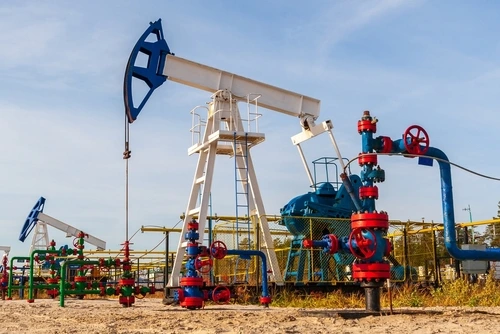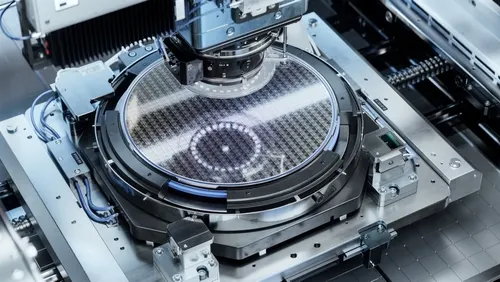Industrial Machinery
Our Industrial Machinery division leverages over 20 years of product engineering expertise to engineer next generation products with improved design, are smart and energy efficient. Backed by a global team of skilled professionals, we provide comprehensive, end-to-end engineering services tailored to meet industry demands.
From conceptual design to solutions for intelligent manufacturing, we blend deep industry knowledge with advanced technologies to deliver value-driven solutions that redefine productivity and efficiency.

Why LTTS?
Our global delivery model ensures seamless execution through a robust international footprint and highly skilled engineering teams.
Driven by innovation, we harness cutting-edge technologies — including IoT, AI/ML, and robotics — to pioneer industry-first approaches in product engineering and development. LTTS’ deep commitment to sustainability further ensures that our solutions align with global environmental standards, fostering a future that is both technologically advanced and eco-conscious.









